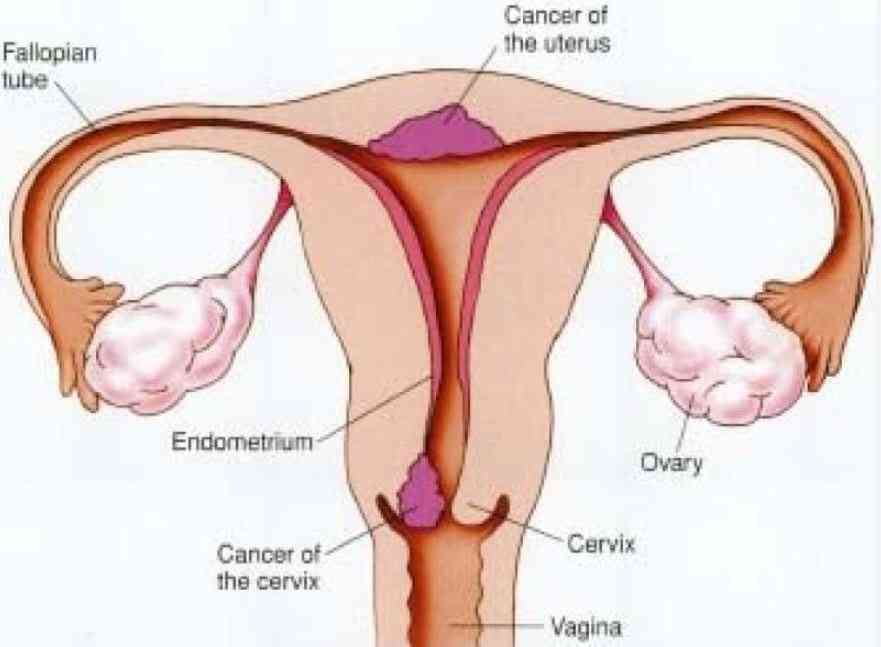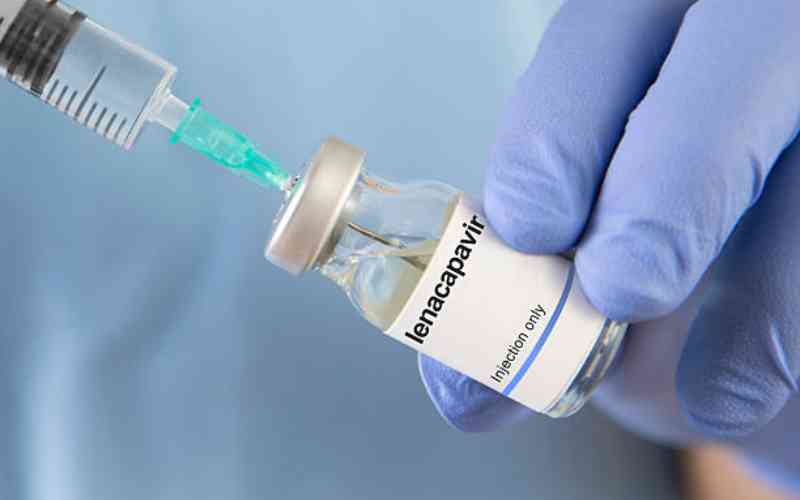
People living with HIV/Aids in the country can now breathe a sigh of relief after donors committed to extend commodity supplies and treatment.
The revelations come after the Ministry of Health pleaded with donors to extend support as efforts towards a lasting solution for self-sustainability continue.
The results of the negotiations will see the donor extend support until 2030, despite having been expected to pull out by 2027, according to the transition agreement between Kenya and the donor.
The plan was announced by Medical Services Principal Secretary Hillary Kimtai during the ongoing Maisha Conference in Mombasa.
"Funders were to pack and leave by 2027 but, we requested them to stay," said the PS who however, questioned Kenya's preparedness to financially sustain herself amid the economic struggles facing President William Ruto's administration.
- Health experts urge government to shield sector from donor cuts
- Experts warn of rising TB threat in Kenya as donor support declines
- Donors have taken a step back; can we now step forward?
Keep Reading
Kenya heavily depends on donor support to provide HIV/AIDS commodities which include the supply of Antiretroviral treatment (ARVs) for the treatment of 1.4 million living with the disease, testing kits and reagents.
Global Fund is the highest donor for the commodities, in addition to being a game changer in fighting other top killer diseases like malaria and TB.
For example, from 2002 to date, the Global Fund has signed in favour of Kenya's grants amounting to over USD1.8 billion and disbursed over USD1.4 billion.
Kenya has a total funding gap of Sh11 billion, funding required to procure essential HIV commodities for the FY 2021-2023.
Kenya's total commodity allocation on HIV services is Sh28.7 billion, out of which Sh5.3 billion is from the Global Fund and Sh3.3 billion from the Kenyan Government.
Out of the Sh28.7 billion, the Global Fund allocates Sh4.6 billion on ARVs, while the Kenyan Government allocates Sh2.2 billion.
But with the country attaining an improved economic status, Kenyans are staring at a crisis as donors gradually pull out of health support that had sustained the country for years.
Kenya was expected to be self-sustainable by 2027, having moved from a low-income to a middle-income country.
However, according to data by the National Syndemic Disease Control Council (NSDCC), there is a total shortage of Sh2.4 billion, in ARVs.
Ailing NHIF, dwindling donor support leave Kenya's health sector on deathbed
Apart from the Global Fund, Kenya's HIV commodity supply is supplemented by the President's Emergency Plan for AIDS Relief's (Pepfar) funding for HIV commodities has been shrinking over the years, from Sh17 billion, Sh11billion, Sh9 billion to the current Sh7.3 billion.
The funds also bridge the gap in the prevention of mother-to-child transmission, a pillar to ending HIV by 2030.
Brian Rettman PEPFAR Coordinator, if there is a need by the Kenyan government and other states covered under the HIV program by donors to allocate a domestic budget for the sustainability of HIV prevention and treatment activities.
"PEPFAR is encouraging recipient countries to do more, and define a roadmap on how they are going to sustain the campaign," Rettman said during the conference themed: Ending epidemics: Leadership, People, Science and Partnerships.
Rettman added that governments should engage the private sector to help run respective health activities.
Through the support, Kenya has gradually managed to attain the global target of 95:95:95, of ensuring 95 per cent of people estimated to be living with HIV know their HIV diagnosis, 95 per cent of people living with HIV are put on treatment and 95 per cent of those on treatment have viral suppression.
Dr Ruth Masha, CEO of NSDCC acknowledged the impact of Global Fund and Pepfar support saying the grants are 'key in Kenya's healthcare system, and a pillar in fighting malaria, TB, and HIV/AIDS'.
According to the transition committee from donor, the social public health insurance scheme (National Hospital Insurance Fund- NHIF) is one of the key ingredients of transition, noting that without it, the country will be caught barefoot.
The government was expected to get everybody on a form of insurance, for the sustainability of issuance of quality healthcare.
Kenyan health funding is allocated from the exchequer, donor support, out-of-pocket, insurance, and private investment.
According to health financing reports, central and county governments control about 33.6 per cent of health financing schemes.
Total insurance, both social and private controls around 25 per cent of the funding, with NGOs controlling about 16.2 per cent, 3.1 per cent by the private sector, and about 24 per cent being out of pocket for individuals who do not have insurance.
Insurance penetration in the country he added is only 20 per cent, with 80 per cent of the Kenyan population being without insurance coverage.
But as much as NHIF reforms remain key in the transition process, and offer various services ranging from deliveries, surgeries, and cancer treatment, the bigger population remains hesitant in enrolling on the scheme citing failure to offer expected services, and inefficiency in turnaround time.
 The Standard Group Plc is a multi-media organization with investments in media
platforms spanning newspaper print
operations, television, radio broadcasting, digital and online services. The
Standard Group is recognized as a
leading multi-media house in Kenya with a key influence in matters of national
and international interest.
The Standard Group Plc is a multi-media organization with investments in media
platforms spanning newspaper print
operations, television, radio broadcasting, digital and online services. The
Standard Group is recognized as a
leading multi-media house in Kenya with a key influence in matters of national
and international interest.











